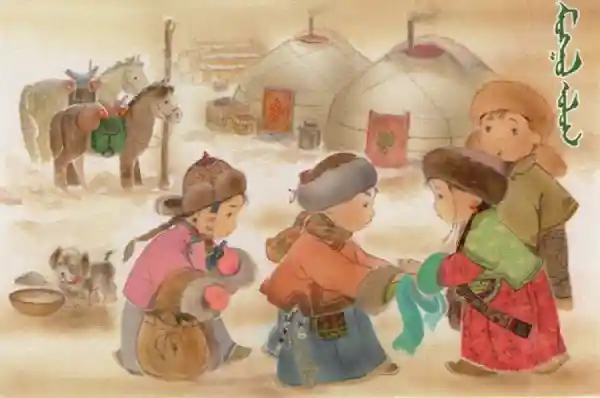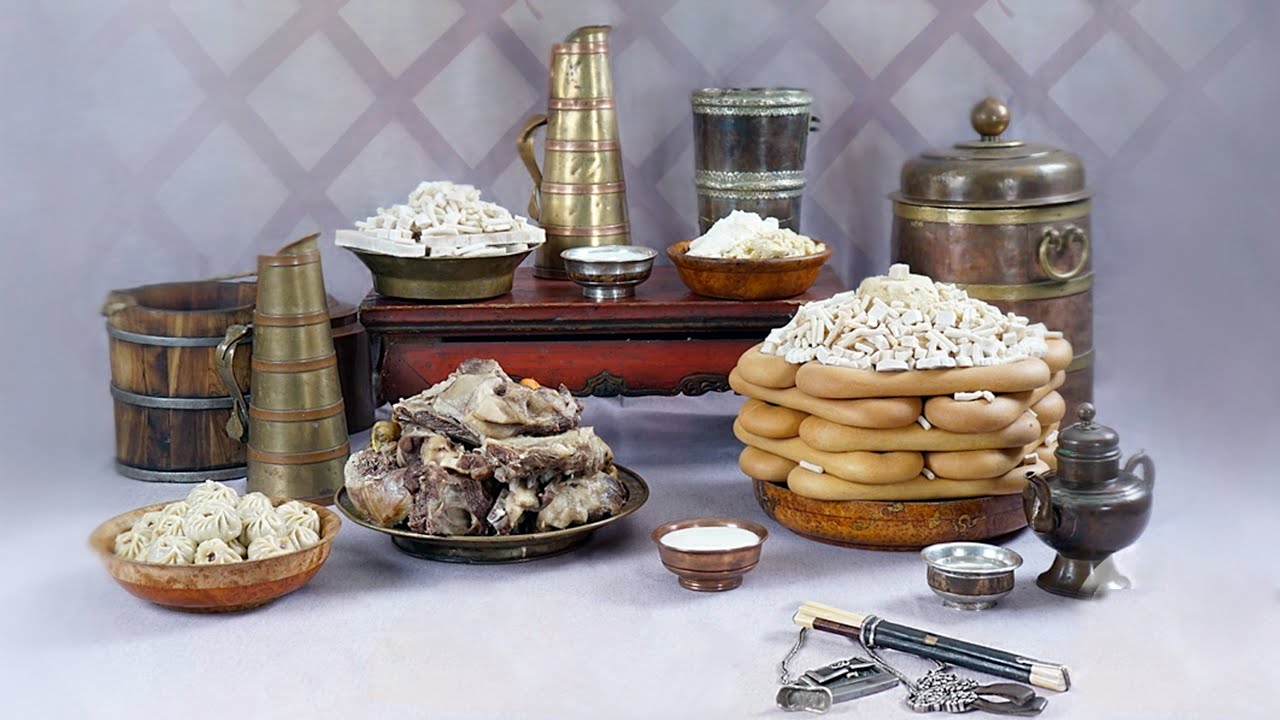Mongolian people celebrate Lunar New Year as they overcome winter and welcome spring. They unite, take pride in their national heritage, culture, and customs, and show respect for their parents, grandparents, and each other, strengthening family ties, knowing their genealogy, and nurturing compassion for the youth. It’s a time to rejuvenate the spirit and prepare for the upcoming year.
This festival preserves and renews many customs and traditions cherished by the people. Mongolian New Year falls on the first month of spring, earning the name “White Moon” due to the significance of dairy products in the celebrations.
The New Year is celebrated on the first day of the first month of spring to align with the agricultural needs of the pastoral people. It also symbolizes the end of a harsh and stormy winter and the arrival of warm weather. The Lunar New Year ceremony consists of two main parts: sealing and renewal.
Bitun Day and Bitun Ritual
People usually refer to the last month of winter as “bitun”. On this day, the absence of the moon in the sky due to darkness leads Mongolians to call it the “Lawai month” of winter’s new moon. It is believed that a full year concludes in darkness. Families gather for a final meal of the year at home, marking the ritual closure of the passing year.
New Year’s Day Ceremony: From dawn to dusk, people analyze the colors of the year ahead. A long dawn with a clear and cloudless sunrise signifies an auspicious year for babies and children.
On New Year’s Day, it is advised not to engage in negative actions, spend the night at home, cry, fight, scatter ashes, go swimming, or sleep during the day.
Zolgoh
The people of the house put on their beautiful clothes, and the oldest people in the house will give Zolgoh to their grandparents, father, and mother. In this way, the procession begins, elders, young people, and children will go to each family separately, and those who come to visit will be treated with respect and gifts will be exchanged.
After the New Year’s feast, auspicious blessings are given to the family members. A person who hears a blessing will say briefly, “May that blessing last forever.”
Giving gifts: There are many kinds of gifts. In the past, the most respected person was given a gift of fine silk, gold and silver jewelry, well-groomed hair, culture and scriptures along with nine white gifts. Ashdiin three gifts include a white carpet, freshly milked milk, and warm-beaked animals such as sheep and horses. Although the tradition of gift-giving is changing over time, tea, mugs, and mugs that have been handed down from time immemorial will be highly respected gifts.


